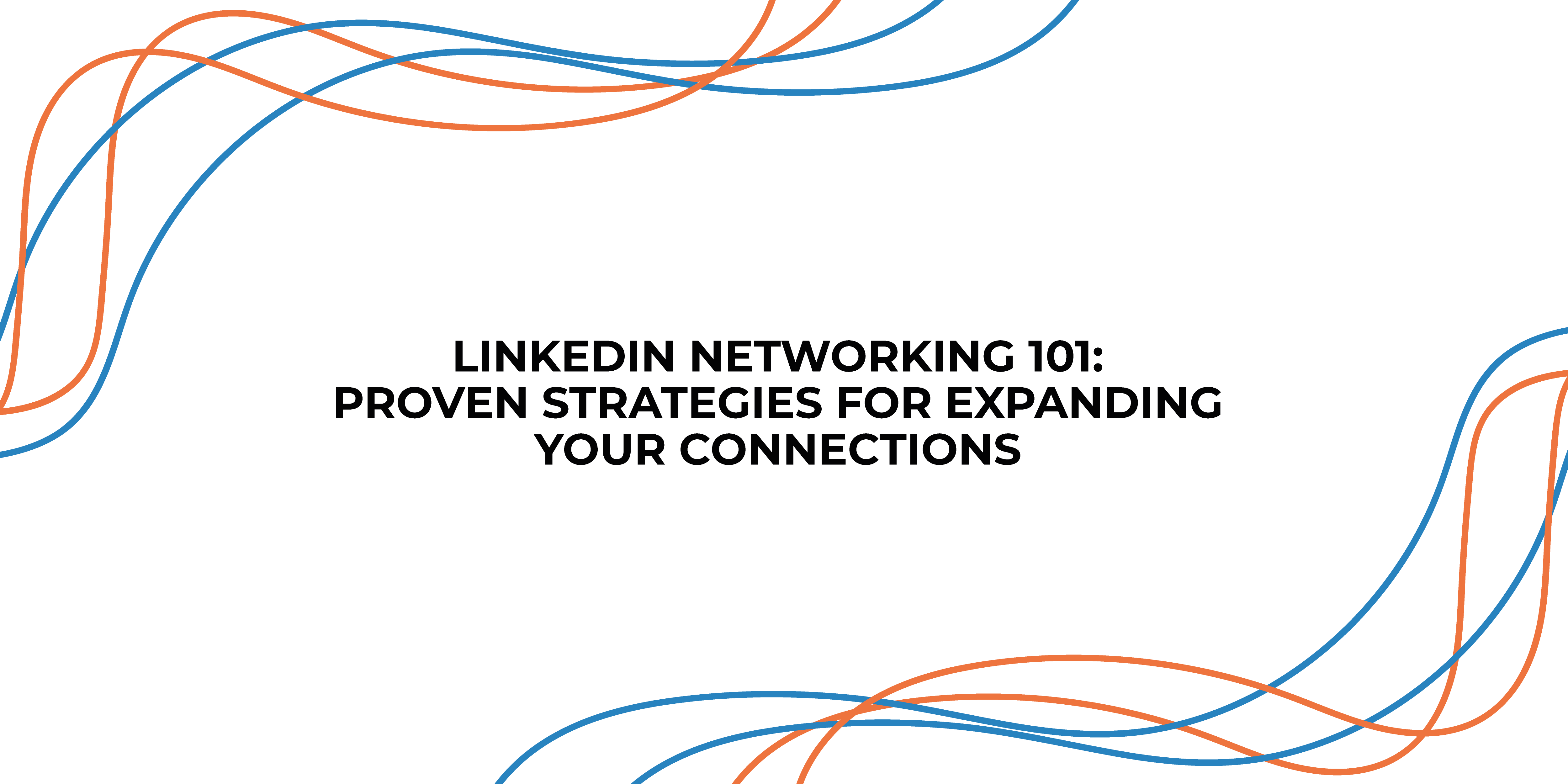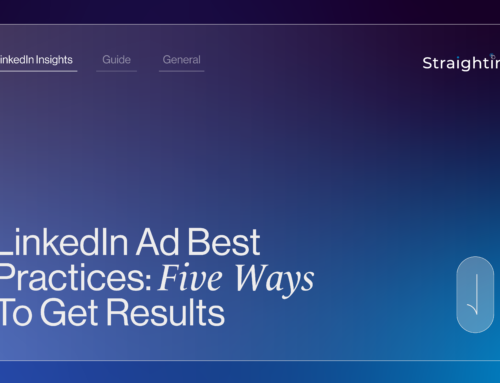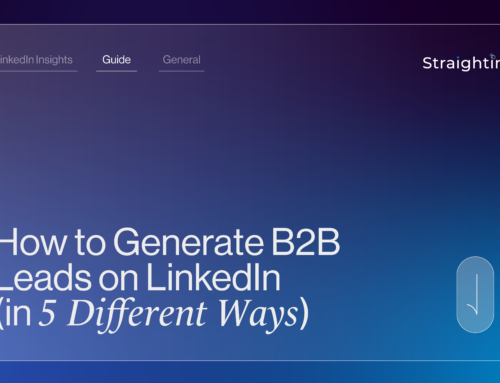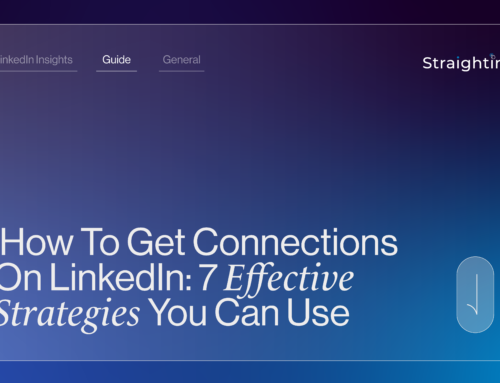Welcome to the world of LinkedIn Networking, where connections hold the key to success. Way back in 2003, when LinkedIn first came onto the scene, its mission was crystal clear: to be the go-to social network for professionals and businesses alike – a place where like-minded individuals could connect and nurture lasting relationships. It has come a long way since then, going from strength to strength, but it remains the number one platform for business professionals to connect.
Today, just shy of 1 billion members, LinkedIn is a treasure trove of opportunities just waiting to be explored. But let’s not get ahead of ourselves; building a successful network on LinkedIn requires a thoughtful and strategic approach. It’s not about sending out connection requests to just anyone and everyone. The goal is to create quality connections, and building rapport with them contributes to your professional goals.
In this article, we will delve into strategic methods to effectively grow your LinkedIn network, helping you unlock the true potential of this incredible platform. So, let’s dive in and get your LinkedIn networking game on point!
Step 1: Work on your profile
Think of your LinkedIn profile as your online business card, and, as you were probably told when you were younger, it’s important to try and makes a strong first impression. This starts by making sure your profile is fully optimised and up to date.
First and foremost, you need a professional profile photo that reflects your personality. A high-quality and recent photo will make you appear approachable and trustworthy to potential connections. There are some general tips for choosing a profile picture…
- Pick a photo that actually looks like you. Avoid catfishing, it’s not acceptable on dating sites, and it’s not acceptable on LinkedIn either.
- Use a high-resolution image, ideally around 400 x 400 pixels, to maintain a polished look.
- Make sure your face takes up at least 60% of the frame, so others can clearly see you.
- Be the only person in the picture; avoid group photos to avoid confusion.
- Take a photo with the right expression; it’s not a passport photo, so feel free to crack a smile.
These simple tips will help you choose the right profile picture for your LinkedIn, leaving a positive and authentic impression on others.
Next, focus your attention on creating a compelling and engaging headline that showcases your expertise and professional identity in a few words. This headline appears under your name and is the first thing people see, so make it attention-grabbing and informative.
After that, take the time to write an engaging summary. This is your chance to share your professional story and highlight what makes you unique. With over 930 million users, authenticity and uniqueness are essential for standing out. Don’t hesitate to showcase your achievements and passions on your profile page; they contribute to shaping your professional identity and define who you are.
One last thing: think about how you want to present yourself and who your audience is. Are you the fun, fresh perspective bringer or the serious thought leader? Use this as an opportunity to showcase the very best version of you.
2. Publish valuable content
Once you have set up your profile and it’s in tip-top shape, it is time to get posted. Your focus should be on sharing high-quality content demonstrating your expertise and bringing value to your desired audience.
Think about it – if someone visits your profile and finds nothing there, they might not follow you. You want to show them you’re a real person with something valuable to offer. On the other hand, if your content is boring or irrelevant, it won’t hold their interest. Put yourself in their shoes – would you follow someone like that? Probably not. So, make sure your content is valuable and relevant to your industry and audience. Post regularly and consistently, striking the right balance to keep them coming back for more.
The beauty of LinkedIn lies in its diversity of content formats. You can unleash your creativity and excitement with various content types, such as:
- Articles: Share in-depth insights and valuable expertise through long-form written content.
- Images, GIFs & Memes: Engage your audience with eye-catching visuals, humour, and creativity.
- Videos: Connect on a personal level and tell stories through compelling video content.
- Infographics: Present complex information in a visually appealing and easy-to-understand format.
- Carousel Posts: Tell a story or showcase multiple aspects with swappable image series.
- Personal Stories: Humanise your brand and inspire others with authentic personal anecdotes.
- Industry Trends and Updates: Keep your audience informed about the latest developments in your field.
- Newsletters: Deliver curated content and insights directly to your audience’s inbox.
- White Papers and Other Documents: Showcase in-depth research and expertise through downloadable documents.
By leveraging these different content formats, you can craft a well-rounded LinkedIn presence, establish yourself as a credible authority, and foster meaningful connections with your audience. Sounds pretty good, right?
Always remember to respond to comments and take note of those who engage with your content. These are the people you can build relationships with.
3. Join LinkedIn Groups
If you’re ready to take your networking to the next level, look no further than LinkedIn Groups. These are online communities on the LinkedIn platform where professionals can connect, share knowledge, and discuss industry topics. With more than 1.2 million groups on LinkedIn – whether it be related to technology, marketing, or entrepreneurship – you will be able to find a group for you. These digital gatherings are like vibrant, bustling communities, teeming with like-minded professionals eager to connect and share ideas. Here’s your golden opportunity to surround yourself with individuals who share your passions and interests.
You can join groups related to your industry, expertise, or areas of interest. These are wonderful opportunities to engage in discussions, share valuable insights, and be an active part of these communities – in doing so, establishing yourself as a leader in your respective industry. You’ll not only build your network but also gain valuable knowledge and visibility within your niche.
4. Utilise LinkedIn’s Advanced Search Feature
It may be tempting to connect with anybody and everybody to get your numbers up – but the truth is, it is pretty pointless to connect with people just for the sake of it. After all, what’s the point of connecting with someone from a completely different industry, living on the other side of the world, and having very little in common? Such connections won’t help you further your career or offer much value in return.
Instead, you should invest your time and energy in connecting with like-minded individuals so that you can learn from one another and maybe work together. This is where LinkedIn’s Advanced Search feature comes in handy.
This powerful tool allows you to pinpoint the exact connections you’re looking for with surgical precision – making it a handy tool for lead generation, recruitment, and building your network. Filter your search based on location, industry, job title, company, and more. Narrow down your results to find professionals who align perfectly with your networking goals. Once you’ve spotted potential connections, reach out with personalised invitations that showcase your interest in connecting and potentially collaborating.
So, instead of chasing meaningless numbers, focus on quality over quantity. LinkedIn’s Advanced Search feature will be your ally in creating a network of valuable connections who can contribute to your success.
5. Reach Out To People You Know
In the vast and ever-expanding world of LinkedIn, it’s easy to get lost in the pursuit of new connections, but we mustn’t forget the treasure trove of relationships we’ve already cultivated. Within your existing network lies a goldmine of valuable connections just waiting to be rediscovered.
Don’t be afraid to reach out to former colleagues, old classmates, respected mentors, and industry peers. These existing relationships are the foundation for expanding your network.
A simple personalised message can reignite dormant connections, reminding them of the value you bring and the potential for collaboration. A thoughtful message can reignite that old spark and remind them of the value you both bring to each other’s professional lives. But this is just the start. Engage with their content, celebrate their achievements, and offer a helping hand when needed. A genuine exchange of insights and support fosters a sense of trust and mutual respect, strengthening the foundation of your network. By tapping into your existing network, you’ll uncover new opportunities and tap into the potential for powerful collaborations.
Conclusion
It takes time to build up a network. Think of it as a beautiful garden requiring patience, nurturing, and consistent effort.
Remember, it’s not about collecting as many connections as possible but about creating meaningful and valuable relationships.
By following these strategic methods, you can make the most of LinkedIn’s networking potential and open doors to exciting opportunities in your professional journey.






